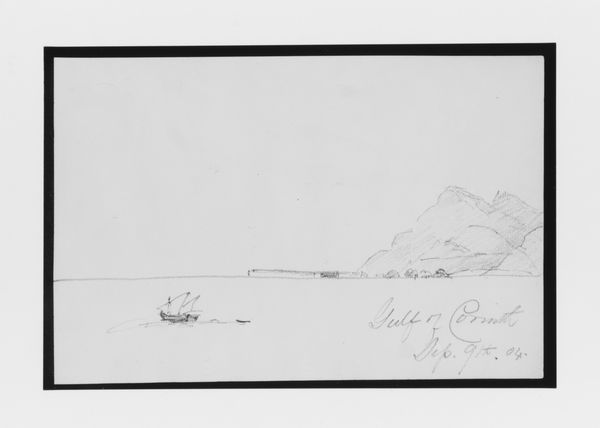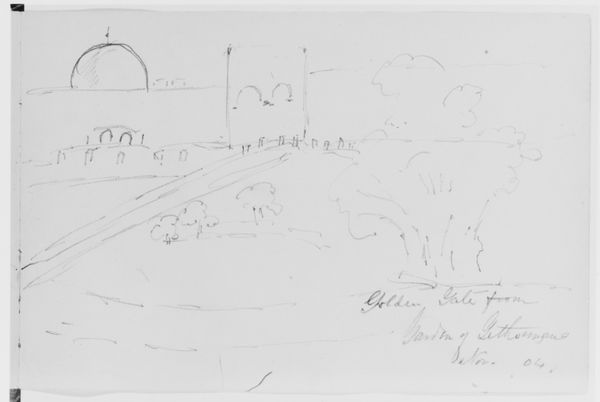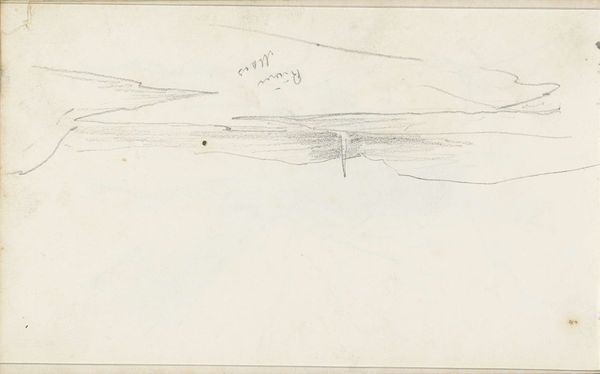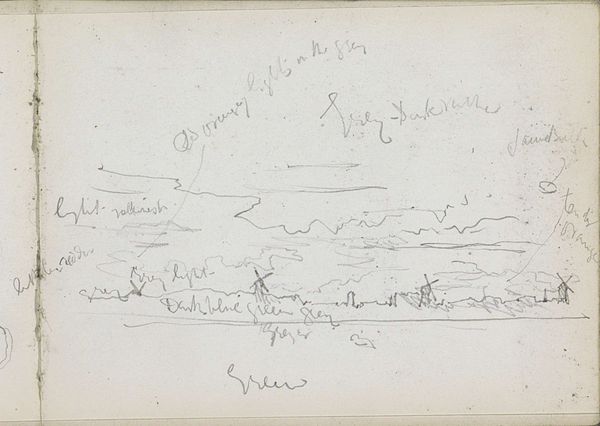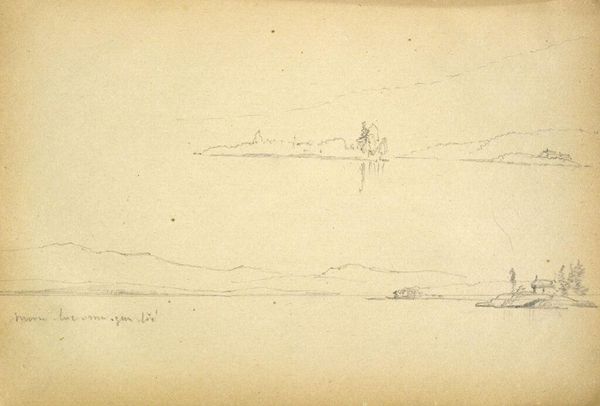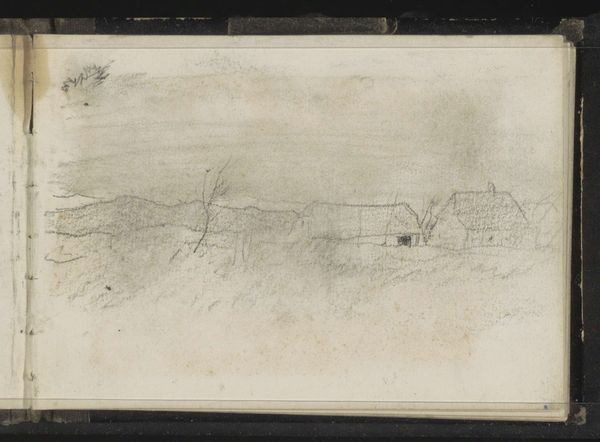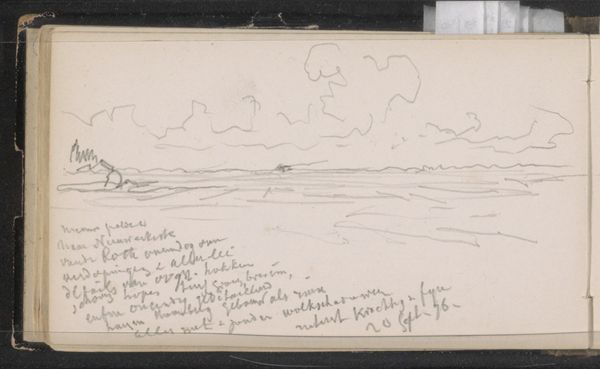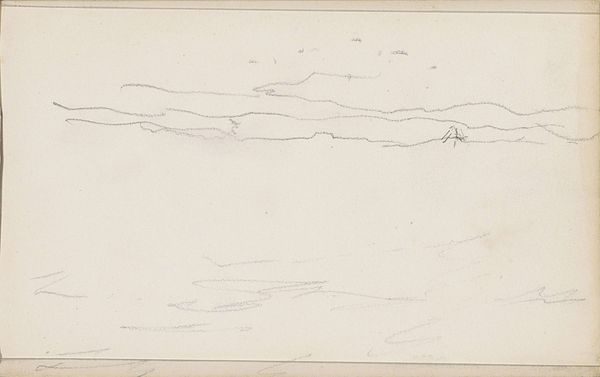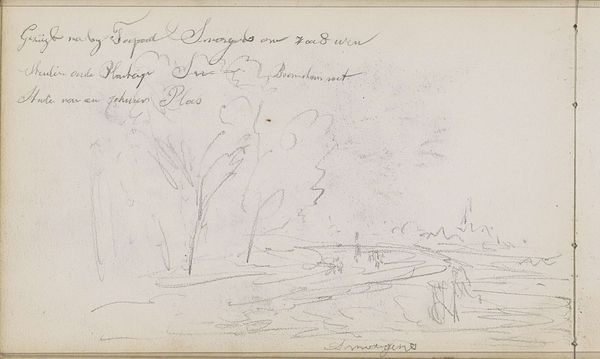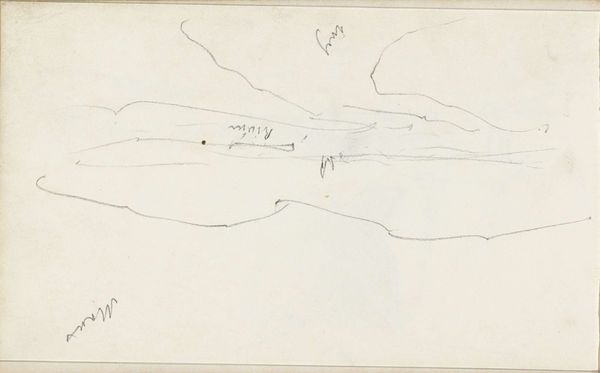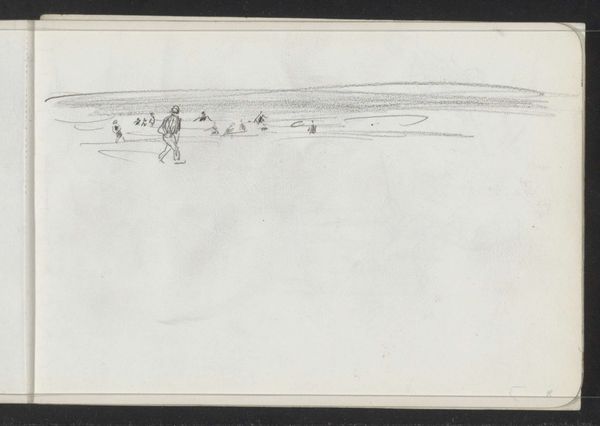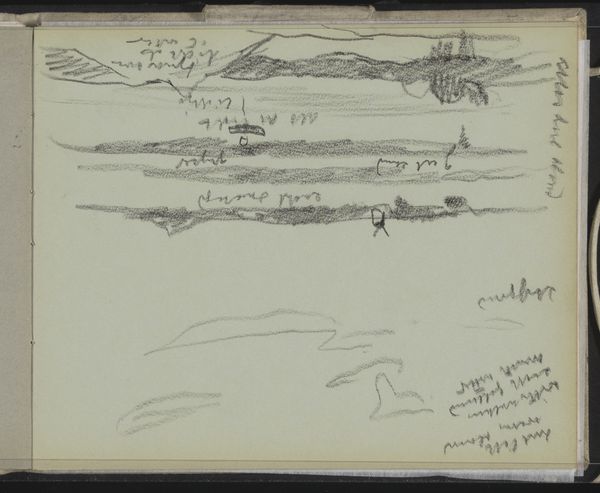
Landscape with Tree, 1904 (from Sketchbook) 1904
0:00
0:00
drawing, pencil
#
drawing
#
landscape
#
pencil
#
line
#
sketchbook art
#
realism
Dimensions: 5 7/8 x 8 5/8 in. (14.9 x 21.9 cm)
Copyright: Public Domain
Editor: This is Mary Newbold Sargent's "Landscape with Tree, 1904 (from Sketchbook)," rendered in pencil. It's deceptively simple, almost austere. I'm immediately struck by its stillness; it's very calming, like a visual meditation. How do you interpret this work? Curator: The power of this simple sketch lies in the resonance it holds beyond its representational quality. Trees, particularly solitary ones, often act as potent symbols. What emotional associations does a tree on the horizon evoke for you? Is it solitude, resilience, the passage of time? Sargent subtly embeds a wealth of possibilities through this simple tree. Editor: I hadn't thought about the symbolism so directly, but now that you mention it, there is a definite feeling of solitude, or maybe endurance. The way it's placed, so small against the expansive horizon… it almost feels vulnerable. Curator: Precisely. And landscapes, particularly in the early 20th century, are often imbued with cultural and national identity. A solitary tree can speak volumes about a nation's hopes, anxieties, its relationship to nature. The inscription seems important too, where she describes the location. Where did Joshua sacrifice? Editor: The text says: Gilgal. It describes that is the land where Joshua made sacrifices in Canaan, maybe like a note from a travelogue, an aide-memoire. Curator: So it’s acting as more than just an exercise in observation. Consider how those layers of symbolic meaning converge—solitude, resilience, perhaps even spiritual grounding within a newly-claimed land. It offers a glimpse into not only a landscape but also the artist’s internal world. Editor: That gives me a completely new perspective on what seemed like a simple landscape drawing. Thank you.
Comments
No comments
Be the first to comment and join the conversation on the ultimate creative platform.
